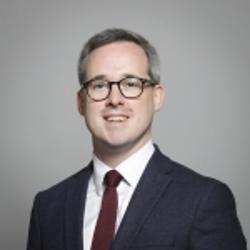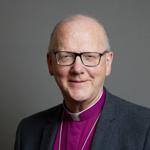Telecommunications: Rural Areas
(asked on 23rd January 2023) - View SourceQuestion to the Department for Science, Innovation & Technology:
To ask His Majesty's Government what estimate they have made of how many people in rural areas do not have access to (1) landline phones, (2) mobile telephone coverage, (3) wireless coverage, (4) broadband, and (5) satellite internet.
Answered by

Lord Parkinson of Whitley Bay
Parliamentary Under Secretary of State (Department for Culture, Media and Sport)
Ofcom collects coverage as part of its reporting requirements, most recently in its Connected Nations Report, with data for the period to September 2022.
Ofcom reports that 96% of rural premises have indoor 4G coverage from at least one operator, rising to 99% for outdoor coverage. This equates to c.195,000 rural premises not having 4G indoor coverage, with c.26,500 not having outdoor 4G coverage.
With 2G and 3G coverage added in, 99% of rural premises have indoor voice coverage from at least one operator, rising to approximately 100% for outdoor coverage. This equates to 35,000 rural premises not having indoor voice coverage, with c. 6,900 not having outdoor voice coverage.
The Shared Rural Network programme will see the UK’s geographic (landmass) 4G coverage extend to 95% by the end of the programme, reducing rural ‘not spots’, and levelling up coverage between rural and urban areas.
Ofcom reports that 95% of UK premises have access to an Mobile Network Operator (MNO) Fixed Wireless Access Service. 7% of premises have access to a network operated by a Wireless Internet Service Provider (WISP), which operate wireless networks independently of an MNO and coverage may therefore overlap. The data is not broken down by rurality.
In relation to broadband coverage, Ofcom reports that there are approximately 29,000 (~1%) rural premises in the UK unable to access a decent broadband connection of at least 10 Mbps download and 1 Mbps upload through a fixed or WISP broadband connection. We expect this number to fall as broadband rollout continues through commercial investment and publicly-funded deployment such as Project Gigabit and the Shared Rural Network. Any premises unable to access a decent broadband connection is eligible to request one under the broadband Universal Service Obligation.
Commercial services for both Geostationary Earth Orbit (GEO) and Low Earth Orbit (LEO) satellites are available across the UK. These services may not be suitable for premises in all locations, however.
As part of its Telecommunications Market Data Update, Ofcom reported that there were approximately 30.5 million fixed-line telephone services (including PSTN, ISDN and managed VoIP connections) in the UK. Ofcom does not break these down by rurality. Any premises which do not have access to a landline can request one under the telephony Universal Service Obligation.
